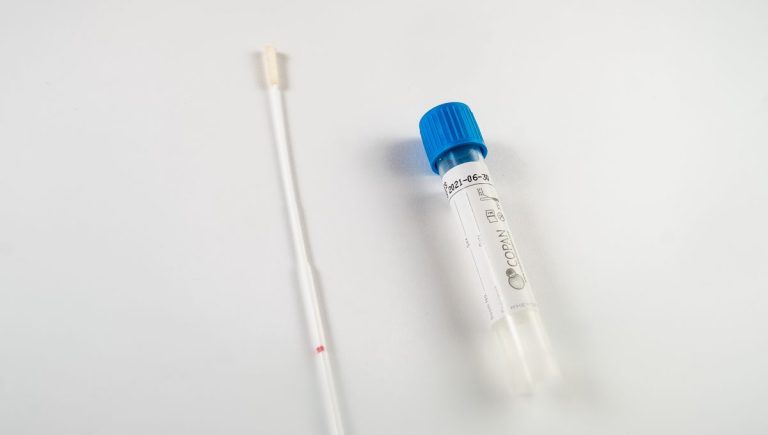The Essentials of Boiler Blowdown: Safeguarding Efficiency and Safety
- By Mark Naguib
- June 28, 2025
Every Industrial boiler company battles two invisible foes within its pressure vessels: gasses corroding metal from the waterline down and dissolved particles crusting onto heat-transfer surfaces. The intentional emptying of a tiny, hot water section called a blowdown keeps such hazards under control, therefore safeguarding burners, tubes, and wallets both. Plants hold conductivity, silica, and alkalinity at specified points where steam quality remains good, heat rates stay low, and safety valves never suffer scale-induced sticking by substituting treated make-up for mineral-laden fluids. Learning the when, where, and how of blowdown has benefits that show up in maintenance budgets and emissions records.
Important Reasons Driving Meltdown
Boiler feedwater always comprises sodium, calcium, magnesium, iron. Concentrated by evaporation, they precipitate as rock-hard scale that insulates tubes and increases fuel use by 1% for every 0.8 mm deposited. Salts can compromise weld integrity by increasing pH swings that pit drums and Before foaming transfers pollutants into steam circuits and contaminates product or turbine blades, blowdown removes this “invisible sludge,” therefore limiting total dissolved solids (TDS). Just as importantly, regular purges eliminate carbon dioxide and dissolved oxygen, greatly reducing corrosion rates when combined with appropriate chemical treatment.
Typical Sort of Blowdown

Industrial boilers depend on two complimentary approaches. A manual or programmed purge from the mud drum, known as an intermittent blowdown drops a small portion of the boiler’s bottom water, removing heavy sludge that deposits there. Constant blowdown reduces thermal shocks by tapping off a continuous trickle from the water level zone, therefore preserving TDS within a limited range. High-pressure units sometimes combine both: the continuous line fine-tunes conductivity; short, high-velocity bottom blasts prevent sediment mounds that might overheat tubes. Intelligent controls even vary the continuous valve depending on real-time sensor readings, therefore saving deaerator steam and water.
Effect on Boiler Lifespans
Directly impacting lifecycle cost, consistent, measured blowdown increases inspection intervals, lowers tube-sheet repairs, and retains design heat transfer. According to heat-flux modeling, under high pressure merely 0.25 mm of internal scale can spike metal temperature by 15 °C, therefore reducing tube life by half. On the other hand, disciplined blowdown paired with treated condensate return maintains clean surfaces, allowing rated output with reduced firing rates and fewer burner restarts. Those obvious benefits highlight why safe, effective, decades-long operation depends on working with an Industrial boiler company customizing blowdown procedures to site-specific chemistry.







